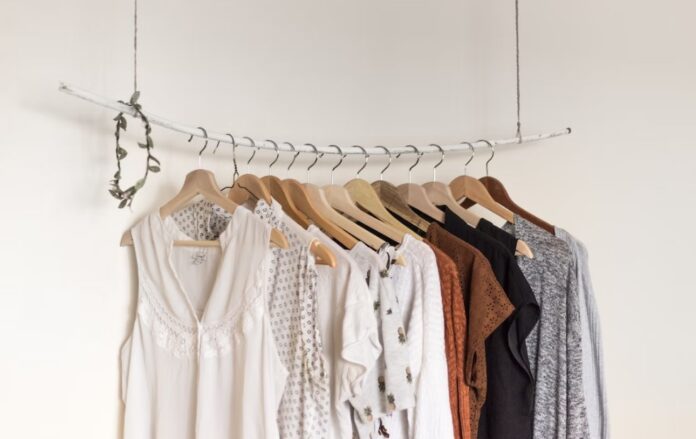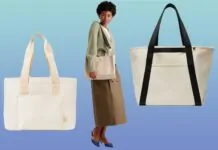Nowadays, there has been an immense interest in responsible ways to acquire clothing, which entails decreasing waste and supporting ecologically responsible methods in the fashion business. Using used apparel, notably in the shape of Okrika bales, is one part of environmentally friendly fashion that has gained prominence.
Okrika bales are bundles of used clothing imported from wealthy economies like the United Kingdom, and Canada and marketed in African countries, primarily West Africa. The term “Okrika” is derived from Yoruba and relates to “secondhand” or “hand-me-down” products.
Okrika bales have a long history dating back to the 1980s when demand for used garments in Africa continued to surge because of the recession and a shortage of reasonably priced clothing options. Bale of Okrika and prices of these bundles have always been on a modest scale, but they eventually became a booming enterprise in West Africa, especially in Nigeria and Ghana.
Okrika Bales As A Green Fashion Alternative
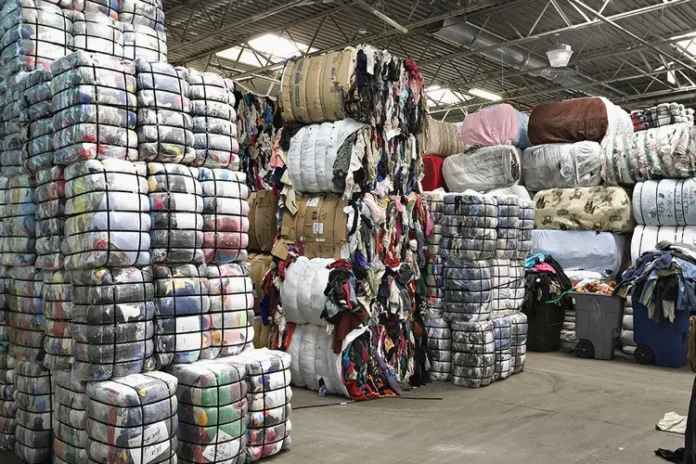
As people become more aware of the environmental impact of rapid fashion, there is a great deal of interest in sustainable way alternatives. Okrika bundles, packages of used clothing imported from wealthy nations and marketed in African countries, are a popular alternative.
Okrika bales are regarded as a sustainable fashion choice for various reasons. For starters, they cut fashion waste by reusing clothing that might otherwise go to waste in landfills. Second, they are frequently less expensive than new apparel, making fashion more accessible to a larger spectrum of individuals. Lastly, using Okrika bales benefits local economies by creating employment among those who sort, transport, and transport the bales.
Okrika Bales’ Environmental Impact: Reducing Fashion Waste
The fashion sector is one of the world’s most polluting, and landfilling contributes to environmental disasters. The utilization of Okrika bales contributes to decreasing fashion trash by prolonging the lifespan of clothes that might have been discarded. Also, producing secondhand clothing uses fewer resources and energy than producing new apparel, making it an even more sustainable option.
Making use of Okrika bales, however, is not without environmental consequences. Transiting used clothing from developed countries to African countries generates trash, as does the processing and distribution of the garments. Furthermore, many Okrika bales contain apparel made of synthetic fabrics that do not degrade over time, making sustainable disposal difficult.
Okrika Bales’ Economic And Social Effects On Local Communities
Okrika bales have a tremendous social and economic impact on African communities. Several individuals are employed in importing, sorting, and selling used clothing, notably women who are frequently working in the business. Also, using Okrika bales gives low-income families access to reasonably priced clothing options, assisting in reducing poverty.
Nonetheless, concerns have been expressed concerning the impact of Okrika bales on local textile factories. Some believe that secondhand clothes imports impede local textile manufacturing and the development of local clothing brands. Concerns have also been raised concerning the moral considerations of selling old clothing in developing nations and the possibility of worker exploitation in the secondhand apparel sector.
Okrika Bales Are Divided Into Three Groups: A, B, And C
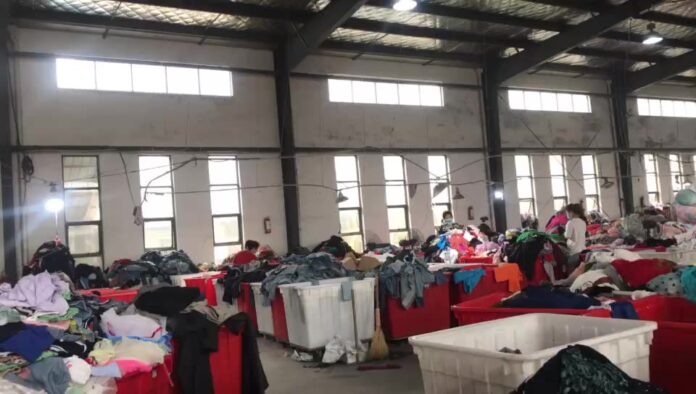
If one is unfamiliar with Okrika bundles, it may be hard to distinguish between them.. Okrika bundles are divided into three categories depending on their specific state of preservation: A, B, and C. Let’s take a deeper look at each lesson and see what you may expect.
Okrika bales are now vital to the West African fashion sector like Nigeria as Nigerian people crave for preloved clothes, supplying millions of people with economical and fashionable apparel options. However, the usage of garments has prompted questions about the items’ quality and safety, in addition to the ethical issues of selling worn apparel in underdeveloped nations.
Okrika Bales Class A: High-Quality Secondhand Clothes
Class A Okrika bundles are the finest-grade used clothing available. These are usually in fantastic shape and feature designer brands and high-end fabrics. Class A bundles are frequently hand-sorted to ensure that only the highest quality apparel is included. The most expensive class, but you can be confident that you will receive high-quality apparel. It is entirely new.
Okrika Bales Class B: Mid-Range Secondhand Clothes
Class B Okrika bundles are a mid-range alternative that provides good quality apparel at a reasonable price. This category of clothes often consists of a mix of high-end and relatively low labels, as well as the clothing being in decent condition but may have minor faults or signs of wear. Class B Okrika bundles are popular for consumers wanting inexpensive yet fashionable clothes. The season of the year in which the bales are collected impacts their quality. Bales recovered after the winter season, for instance, may contain higher-quality winter apparel.
Okrika Bales, Class C: Low-Quality Secondhand Clothes
Class C Okrika bales are the lowest grade option, with soiled, stained, or torn clothing. These bales are often the lowest option and are frequently sold as scrap. At the same time, a few good things in a Class C bale may not be suggested for consumers looking for quality.
Factors Influencing The Quality Of Okrika Bales
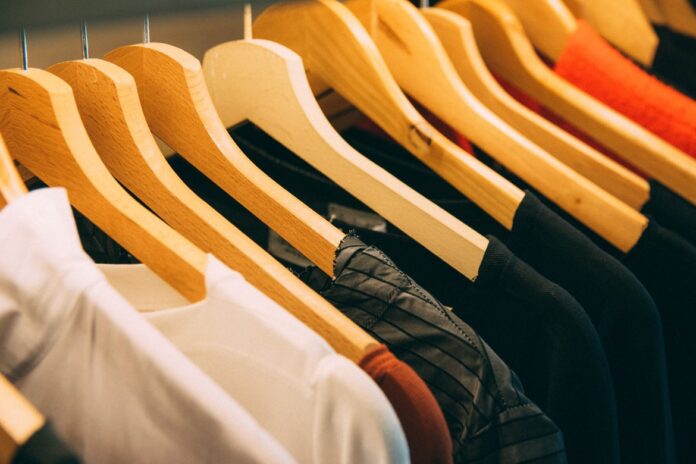
The condition of Okrika bundles might vary depending on several factors. These are some examples: Okrika bales from affluent countries like the United States and the Uk are often of more excellent quality than developing countries.
- Selecting and Marking: The sorting and assessment of garments can considerably impact the bale’s quality. Hand-sorted bales are often of more excellent quality than machine-sorted bales.
- Season: The time of year the bales are collected can also affect their quality. For example, bales collected after the winter season may have more high-quality winter clothing.
- Transportation and Storage: How the bales are transported and stored can also impact their quality. Bales stored in humid or damp conditions may have mold or mildew, reducing their quality. Whether you’re looking for high-quality designer clothing or affordable and stylish options, an Okrika bale can meet your needs.
Conclusion
Understanding the different types of Okrika bales and the factors that affect their quality is essential when purchasing secondhand clothing. Utilizing Okrika bundles as a socially responsible option includes both advantages and disadvantages. While these used products reduce clothing waste and provide many individuals with affordable clothing options, their ecological impact and potential influence on local textile sectors must be carefully considered.
To ensure that Okrika bales benefit the planet, the economy, and local communities, a balanced strategy for their utilization in sustainable design.
